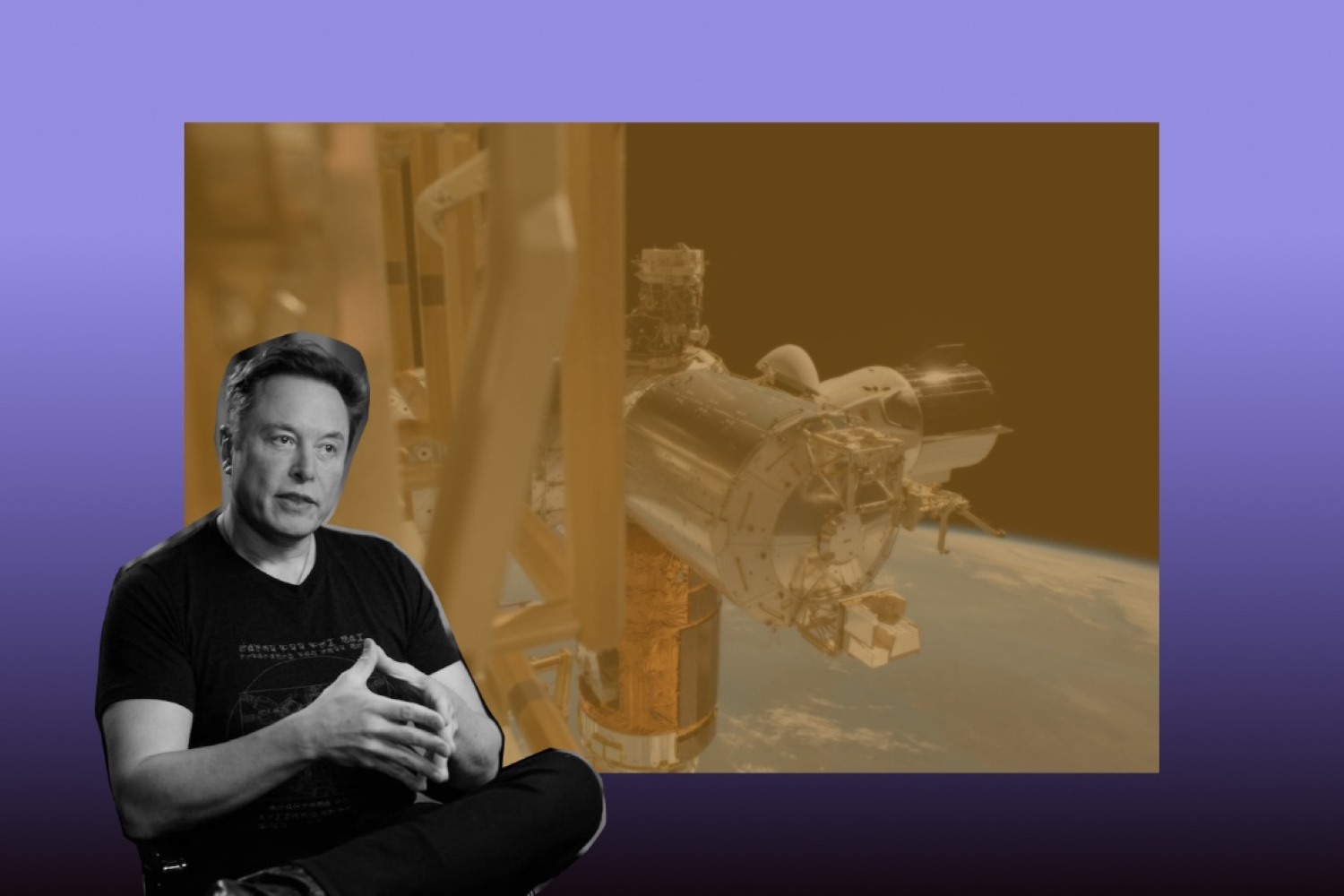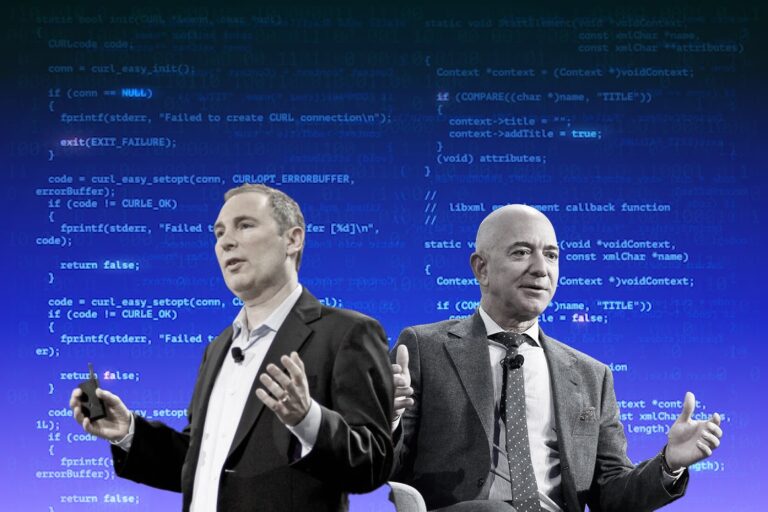Starlink & Astronomers Don’t Share the Same Sky – Who Has the Edge?
In order to provide global broadband internet connectivity to faraway locations, satellite companies are sending small constellation satellites into orbit close to the Earth so that the internet connection does not lag too much.
Speaking of the ”show”, Elon Musk seems to rock the stage since his Starlink has taken over the market. In case you don’t know, Starlink is the name of a satellite network built by SpaceX to give low-cost internet access to remote regions.
As of November 2022, there are 3,271 Starlink satellites in orbit, of which 3,236 are operational. SpaceX intends to eventually have 42,000 satellites in this so-called mega constellation.
However, as Elon Musk has been exploring space, he’s also made a bit of chaos. Thousands of dead satellites orbit our globe, along with bits of debris from all the rockets we’ve fired throughout the years. This could become a problem in the future, actually standing as one of the most pressing worries about the Starlink project. But, before we go into the debate, let’s consider the benefits of this concept.
Starlink Outperformed Other Players in Town
First of all, let’s look at the definition of satellite internet.
Satellite internet is internet that is sent wirelessly from satellites orbiting the Earth. It differs greatly from land-based internet services such as cable or DSL (Digital Subscriber Line), which transfer data via underground cables. Satellite internet is a dependable option to get online for many rural homes and businesses because it is the only internet service offered nationwide.
HughesNet and Viasat are the two main household satellite internet service providers in the United States. Starlink (from SpaceX) is now available, and Amazon’s Project Kuiper will join this game too.
So, in the run with many forefronts, how Starlink differentiates its solution?
In Elon Musk’s concept, the 500-pound solar-powered satellites communicate with one another in space via optical and radio communications; the complete network will then be connected with user terminals on the ground that can be deployed virtually anywhere with a view of the sky.
Through a large enough set of satellites traveling overhead, internet service should be continuously available, unlike the interruptions in connection that are common with current Iridium satellites and other networks.
In addition, SpaceX claims that each satellite will be “capable of tracking on-orbit debris and autonomously avoiding collision,” and that 95 percent of the satellites’ components will disintegrate in Earth’s atmosphere during de-orbit at the end of their lifespans.
Too many areas lack internet access, and hence are cut off from the contemporary world and economy. This enhanced connectivity may even allow scientists to conduct research in more locations around the world. It’s not entirely selfless, though: some corporations intend to charge for this internet.
Originally promoted as a provider of rural broadband Internet access — and now making the news supporting Ukrainian communications toward the Russian invasion, Elon Musk’s Starlink satellite internet service is the only in town for many people in the countryside.
But Starlink isn’t only about giving access to remote areas, SpaceX has made bigger claims than that. It intends to offer high-speed satellite internet to many of the world’s 3.7 billion people who now have no internet access at all.

Many people simply rely on mobile phone connections, which is an expensive workaround in and of itself. (In Sub-Saharan Africa, one gigabit of data costs 40% of the typical monthly pay.)
That doesn’t even take into account folks who have internet access but don’t have a broadband connection. Almost everyone in the United States has internet connection, although an estimated 42 million does not have access to broadband. Even if they have broadband, Microsoft believes that 157 million Americans, the most of whom live in rural areas, do not use it at speeds of at least 25Mbps.
Even when they are near white (and richer) regions, black communities are significantly more likely to lack access to broadband internet. It’s difficult to believe that high-speed internet is still an unachievable luxury for some after lived during covid and a period when most people relied on the internet as a lifeline.
Unfortunately, it is unclear whether Starlink will be able to remedy this wider issue. What’s worse, the fire on this concept has cast doubt on Elon Musk’s goal, making the skies increasingly congested.
The Project Messing up the Night Sky
We have launched thousands of rockets and sent countless more satellites into orbit since the advent of the space age in the 1950s. Many are still there, and as we launch more, the likelihood of disaster grows.
Now, SpaceX’s satellites are disrupting the orbit. But this is only the beginning.
Cliff Johnson, an astronomer at Northwestern University, spotted a large swarm of strange objects flashing across the sky in the early morning hours of November 18, 2019.
That night, Johnson was using telescopes at Chile’s Cerro Tololo Inter-American Observatory to examine the Magellanic Clouds, two very weak dwarf galaxies that orbit our own Milky Way galaxy.
These galaxies are teaching scientists about star formation and what occurs when two galaxies collide. Johnson was viewing them from afar, via a webcam at Fermilab, just outside of Chicago. “We just started seeing these streaks come across the webcam view,” he recalls. That’s the first time I’ve seen anything like it.”
The issue is the streaks didn’t fall from the sky. They were from this planet Earth.
Over the course of five minutes, a train of 19 satellites passed over the telescopes’ field of vision, leaving a trail of bright parallel marks and diminishing their scientific worth.
It didn’t take Johnson and his colleagues long to figure out who owned the satellites: Elon Musk’s SpaceX had launched 60 tiny satellites into low Earth orbit at that time. Clarae Martnez-Vázquez, an astronomer who was also working that night, expressed her displeasure on Twitter.
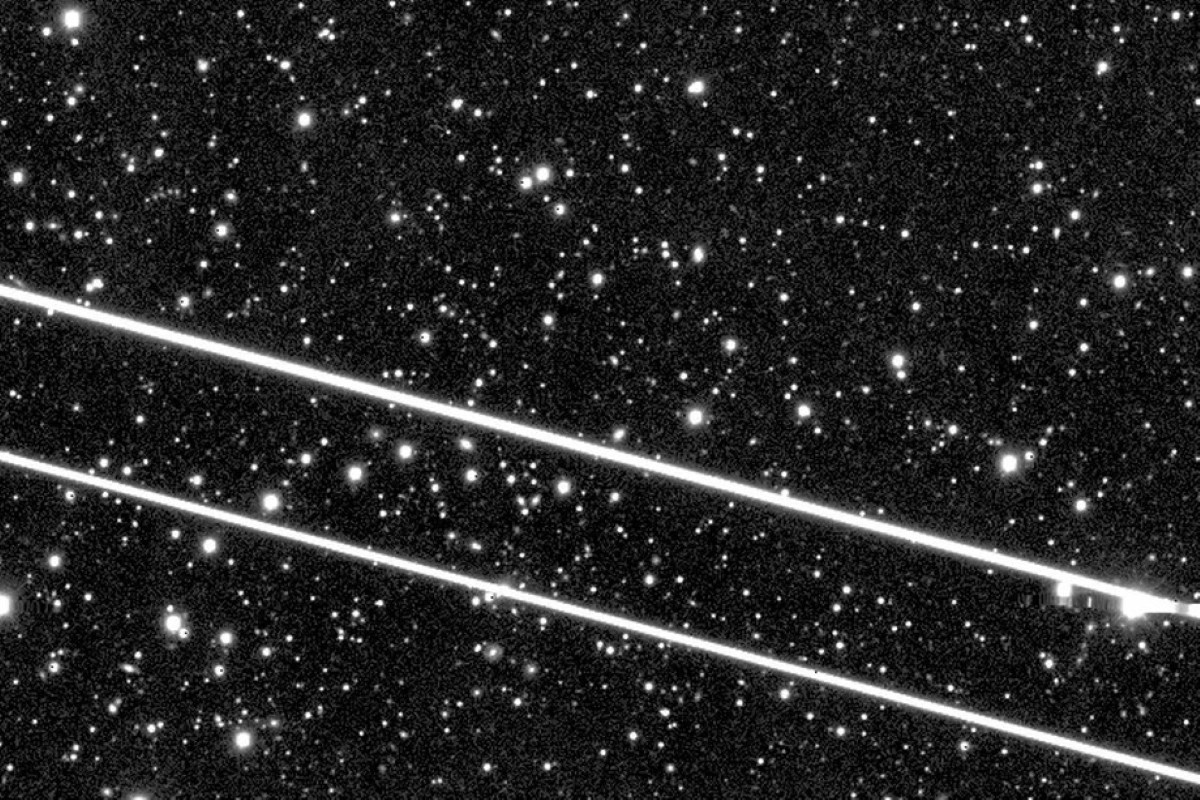
And that was in 2019, presently there are thousands of these creatures in space threatening low-Earth orbit. What’s more serious is that Starlink isn’t the only defendant in the court of law.
OneWeb, a UK-based firm that intends to beam internet connectivity from space, plans to launch 650 satellites starting in 2020. Amazon plans to launch 3,200 satellites in a Kuiper constellation, with the objective of providing internet access as well.
In the near future, there may be 50,000 or more small satellites circling the Earth for reasons other than internet delivery. Could a firm arrange for a constellation of bright satellites to spell out the name of a popular soda? Maybe. There is no worldwide restriction on space advertising.
Putting satellites into low-Earth orbit could cause complications. Satellites could collide with other spacecraft, causing wreckage, which could inflict much greater damage while flying at high speeds.
A series of close misses involving Starlink satellites have lately occurred, including near encounters with China’s space station. “If there are too many fragments, low-Earth orbit may become unusable in the future,” said Dr. King of Portsmouth University.
He added, “And we may not be able to get out of low-Earth orbit into higher orbits, where our navigational satellites and telecoms satellites are situated.”
A Starlink satellite has a lifespan of about five years, and SpaceX intends to eventually have up to 42,000 satellites in this so-called mega-constellation.
According to Spaceflight Now, the current version of each Starlink satellite weights roughly 573 pounds (260 kilograms). According to Astronomer Jonathan McDowell, who tracks the constellation on his website, there are 3,271 Starlink satellites in orbit as of November 2022, of which 3,236 are operational.
At such a rate, there’s little chance of a future in which you look up and see nothing but the sky crawling. However, this is only the first chapter. What is particularly painful is the situation for astronomers who bear the brunt right now.
Astronomers Are No Longer Happy in the Cohabitation
In 2021, the International Astronomical Union (IAU) provided a summary of a report on the impact of these satellites to a subcommittee of the United Nations Committee on the Peaceful Uses of Outer Space (COPUOS), along with a few suggestions to minimize the loss of unobstructed night sky.
However, other astronomers believe they have already lost the battle.
“The mechanisms in international law that might have allowed us to avoid this, those wheels turn so slowly that by the time we get any consensus on a policy solution, this is all going to be over,” said John Barentine, an astronomer and the International Dark Sky Association’s director of public policy, who contributed to the IAU report.
Commenting on it, he shared, “I just think it’s a numbers game that astronomy is unlikely to win.”
Starlink and its competitors are pursuing a worthy goal: connecting more of the world, particularly remote and rural areas, to the internet.
But it comes with a cost. Because these satellites are so close and so shiny, they are frequently visible to the naked eye. Even if they were greatly dimmed, they would still be visible to large astronomical observatories if a spacecraft crossed their path.
When a satellite passes in front of a telescope, it might spoil the image or make it more difficult for astronomers to adjust for it. It’s also a numerical issue.
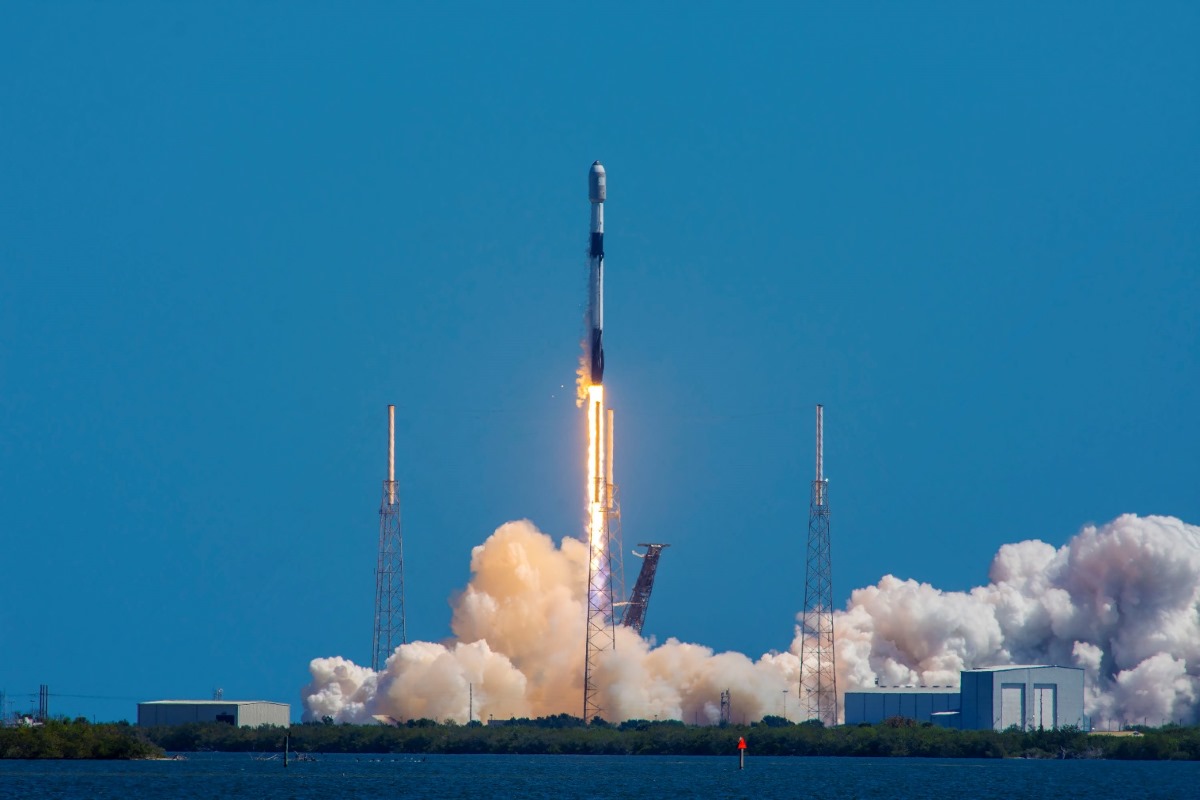
In addition to showing streaks in photographs or distinct lights in the sky, satellites can also create a diffuse glow into the night sky’s backdrop darkness. This has already started.
Barentine was a part of a study that discovered that, even before SpaceX deployed a single satellite, all of humanity’s space objects likely raised the background brightness of the night sky by 10% relative to pre-space age levels.
It’s not enough to notice from the ground, according to Barentine. However, this could change. “In a sense, that 10% figure is a lower limit, because as more objects are launched, it should steadily rise.”
This has the potential to dramatically alter the general human perception of the night sky. This isn’t light pollution in the traditional sense – the glow of city lights dimming our view of the sky and making many stars unseeable in populated areas.
Instead, it’s about satellites infiltrating the skies — even the darkest regions on Earth that aren’t polluted by light — especially towards twilight and dawn, when they’re more likely to catch the light of the sun. That is precisely the critical period for astronomers to seek for near-Earth asteroids that could collide with our planet.
Some scientific endeavors will be more affected than others. The Vera Rubin Observatory, in particular. It’s a large field-of-view observatory under construction in Chile, with mirrors capable of capturing an area of the sky 40 times the size of the full moon and detecting things 10 million times fainter than the human eye can see.
The Vera Rubin Observatory is designed to gaze at large regions of the sky at the same time. However, because of its large field of view, more satellites can enter its orbit.
Similarly, the large field of vision issue will affect enthusiasts who prefer to photograph the night sky with long exposures. (Observatories with a narrower field of view might have an easier time just not operating when a satellite is predicted to come across their sensors.)
If Elon Musk, CEO of SpaceX, has his way, the Earth’s orbit will soon be strewn with thousands of false stars. But the only thing that he could do is stroke that fire of criticism, cause Starlink must continue to launch. But at least, the modern legend is not that bad as he is taking steps to ease the ongoing controversy.
Elon Musk’s Take on the Ongoing Debate

One thing must be noted: SpaceX has already secured permission from the International Telecommunications Union and the United States Federal Communications Commission to launch a total of 11,943 satellites.
And, if the Federal Aviation Administration continues to grant launch licenses for rockets carrying Starlink satellites, there is no regulatory machinery in place to impede the corporation from carrying out its strategy.
“I am confident that we will have no impact at all on astronomical discoveries,” he stated. “That’s my prediction; if it rises above zero, we’ll take corrective action.”
He said that the problem only happened when the satellites were “tumbling” as they rose into orbit, and that it resolved itself once they reached their final flight path.
“I’ve not met someone who can tell me where all of them are,” said Musk. “So it can’t be that big of a deal.”
Musk stated at a satellite internet conference in Washington, D.C., that his company has already taken steps to reduce reflection.
SpaceX stated that it already worked with the astronomy belonging, and the scientists at the Vera Rubin Observatory in particular, on minimizing the problem.
“Our level of brightness and visibility was a surprise to us,” Patricia Cooper, SpaceX’s vice president of satellite government affairs, told attendees of the recent American Astronomical Society meeting in 2020.
Their efforts were acknowledged: “SpaceX is setting a very good precedent, I think, trying to do the right thing,” said Beasley. Tyson also stated that SpaceX was “dedicated to resolving” the interference issue with the Vera Rubin Observatory.
On a previous launch, SpaceX tested a black coating on the underside of one of their satellites to see if it would be less visible to telescopes. However, it is not guaranteed to work. Meanwhile, the business keeps launching unchanged satellites into space.
It is not as simple as slapping a coat of black paint on the satellites. Too dark, and the satellites may begin to absorb excess heat, perhaps impairing their performance.
It is uncertain how dark SpaceX will eventually go. According to SpaceX CEO Gwynne Shotwell, the business is pursuing an iterative “trial and error” strategy.
Even some words have been said, it can’t satisfy the public since no transparent outcomes have been seen. What’s why the talk about Starlink just keeps going.
That Discussion’s Still Going
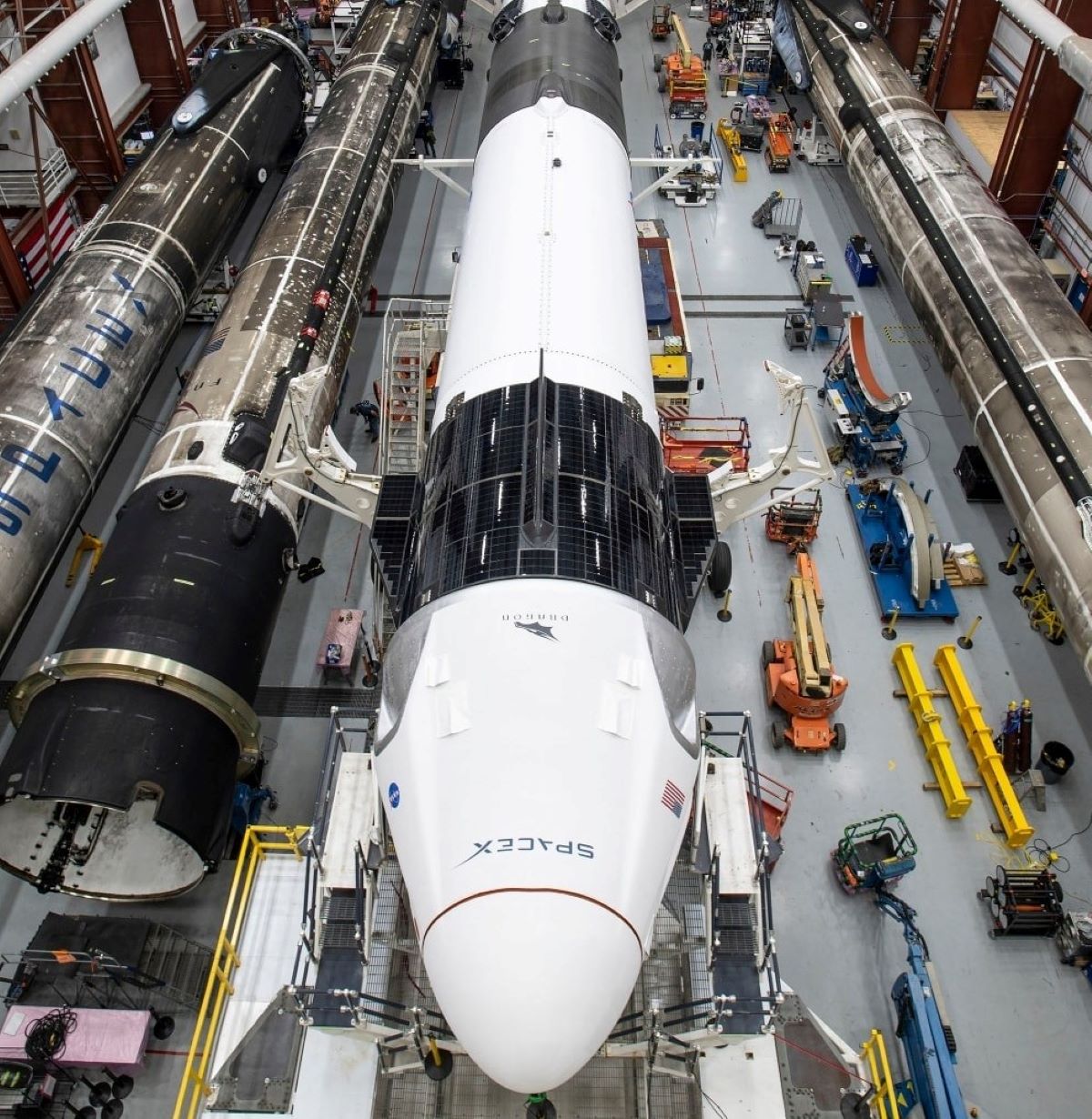
The public’s reaction to Elon Musk and SpaceX’s response to Starlink’s possible impact on astronomy has been varied. Others are concerned about the possible influence of the satellite constellation on scientific studies and the night sky, despite Musk’s promises that the business is attempting to limit any detrimental effects on astronomy.
Similarly, both supporters and detractors have weighed in on the project’s ability to provide internet connectivity to underdeveloped communities.
Some believe that the program could be a game changer for people in remote and rural areas who lack access to reliable internet, while others are concerned about the satellite constellation’s potential environmental impact and impact on other forms of communication infrastructure.
Despite Musk’s original assertion that Starlink’s components will be invisible and unobtrusive to astronomy, he has asked his team to consider ways to reduce the project’s reflectivity, or albedo.
For the time being, the scientific community appears to agree that talks about the impacts of such programs are unnecessary. Starlink is still at its early stage, to balance between the benefits of astronomy belongings and his project is still a big question in Musk’s space dominating journey. Let’s see how Musk manages to turn that fire into a call to action.

